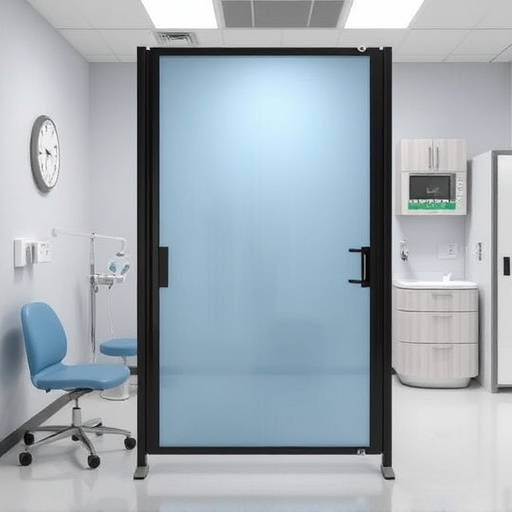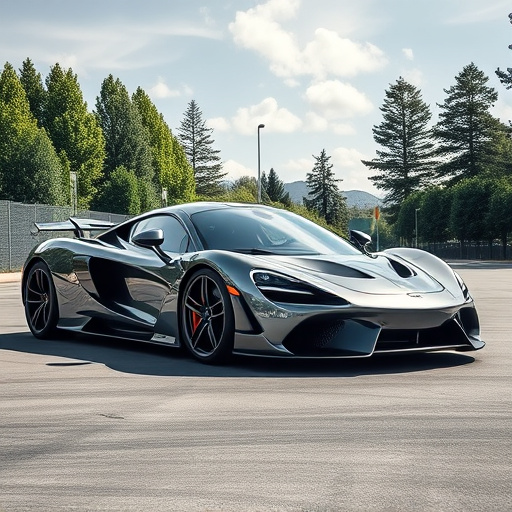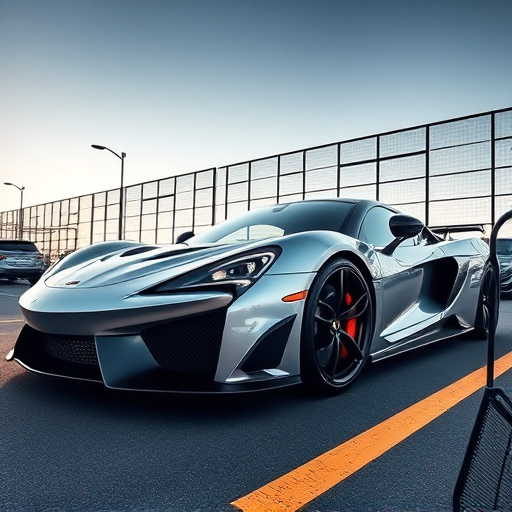Comparing K&N and aFe Power intake systems, key differences lie in design approach and performance. K&N focuses on straightforward, cost-effective installations for airflow maximization, appealing to enthusiasts seeking budget boosts. aFe Power, in contrast, employs advanced materials and technologies for optimal air-fuel mixtures, delivering superior horsepower and torque—ideal for high-performance users. Maintenance varies with K&N's simple, low-maintenance design versus aFe Power's complex intakes requiring regular oil changes. The choice between them depends on personal preference, budget, and desired performance level, highlighting the trade-off between cost efficiency and peak capabilities.
In the world of automotive performance upgrades, intake systems play a crucial role. When comparing K&N and aFe Power intake systems, enthusiasts often face a dilemma due to their distinct features. This article delves into the maintenance requirements and long-term performance of these two popular brands. We explore how their differences in design impact durability and cost-effectiveness, helping car owners make informed decisions between K&N vs aFe Power intakes in terms of performance and longevity.
- K&N vs aFe Power Intake Systems: Key Features and Functionality
- Maintenance and Longevity Comparisons: What Sets Them Apart?
- Cost and Performance Implications: Making an Informed Decision
K&N vs aFe Power Intake Systems: Key Features and Functionality

When comparing K&N and aFe Power intake systems, one key difference lies in their design approach and performance capabilities. K&N, renowned for its air filters, offers a straightforward power intake system that focuses on maximizing airflow. Their designs are often simple, direct, and easy to install, making them a popular choice among enthusiasts seeking an affordable boost in engine performance. On the other hand, aFe Power takes a more intricate and refined approach. They engineer their intakes with advanced materials and technologies, ensuring optimal air-fuel mixture delivery for improved horsepower and torque.
aFe Power systems are known for their high-flow capabilities and efficient air distribution, catering to those looking for significant performance gains. While K&N’s simplicity makes it a go-to for basic upgrades, aFe Power appeals to more advanced users who desire precise tuning and maximized engine potential. The choice between the two depends on individual preferences, budget, and desired level of customization.
Maintenance and Longevity Comparisons: What Sets Them Apart?

Maintenance and longevity are two critical aspects that often go hand in hand, but they differ significantly when it comes to K&N vs aFe Power intakes. At their core, both brands offer performance-oriented air intake systems designed to enhance engine power and fuel efficiency. However, their maintenance requirements diverge, primarily due to the materials used and design philosophies.
K&N, known for its washable and reusable filters, emphasizes ease of maintenance and cost-effectiveness over time. Their intakes typically feature a simple, direct flow design that minimizes debris buildup and requires periodic cleaning or replacement of the air filter. In contrast, aFe Power intakes often incorporate more complex designs with multiple components, including washable or replaceable elements but also requiring regular oil changes and other routine maintenance tasks to ensure optimal performance and longevity. This difference underscores the varying approaches these brands take in balancing performance, durability, and upkeep.
Cost and Performance Implications: Making an Informed Decision

When comparing K&N and aFe Power intakes, understanding their maintenance requirements is key to making an informed decision that balances cost and performance implications. While both brands offer high-quality products designed to enhance engine power and fuel efficiency, their approaches differ significantly. K&N, for instance, typically focuses on user-friendly designs that require minimal routine maintenance, relying on periodic cleaning as opposed to frequent replacement parts. This translates into lower long-term costs but may necessitate more hands-on care from the vehicle owner.
In contrast, aFe Power intakes often come with more intricate systems and designed for high-performance applications. These typically demand regular filter replacements and potentially other component servicing, reflecting higher upfront investment but promising sustained optimal performance over extended periods. The choice between K&N and aFe Power thus hinges on individual driving habits, budget constraints, and desired engine performance levels, requiring careful consideration of the trade-off between cost efficiency and peak operational capabilities.
When comparing K&N and aFe Power intake systems, several key differences emerge regarding maintenance requirements. K&N filters are known for their ease of service, typically requiring replacement every 100,000 miles or a year, depending on driving conditions. In contrast, aFe Power intakes often demand more frequent maintenance, with recommended replacements every 50,000 to 100,000 miles. While K&N offers a simpler, cost-effective solution, aFe Power users may experience longer-lasting performance but at the expense of more regular upkeep. Ultimately, the choice between these two brands depends on individual preferences and driving needs, with both options providing distinct advantages in their own right.














